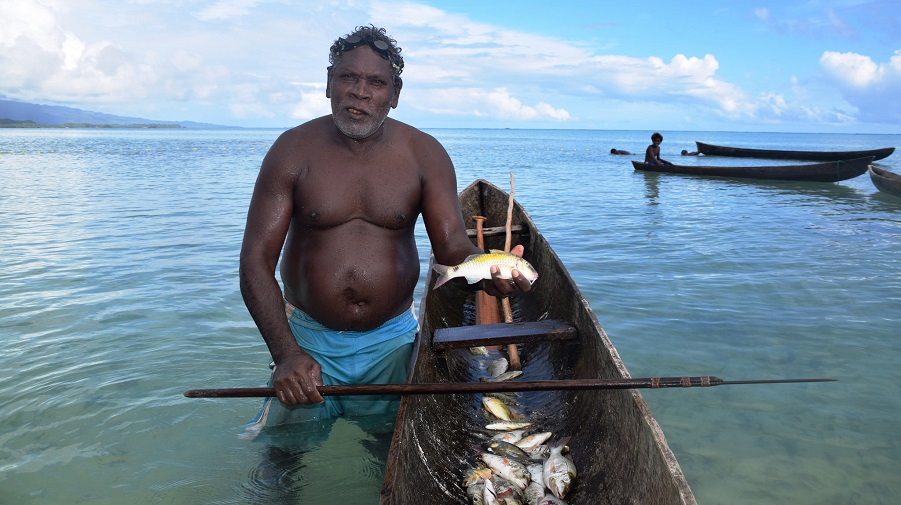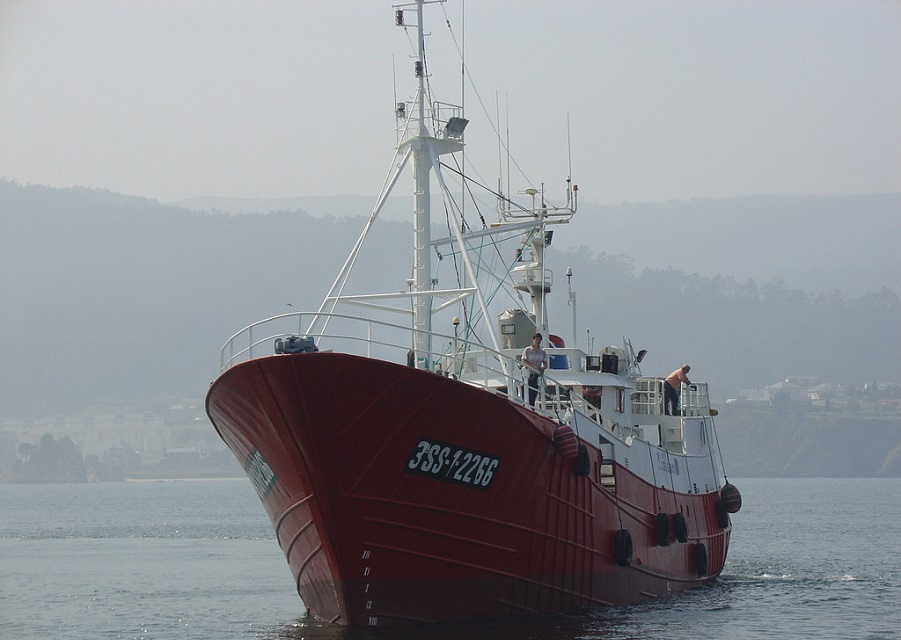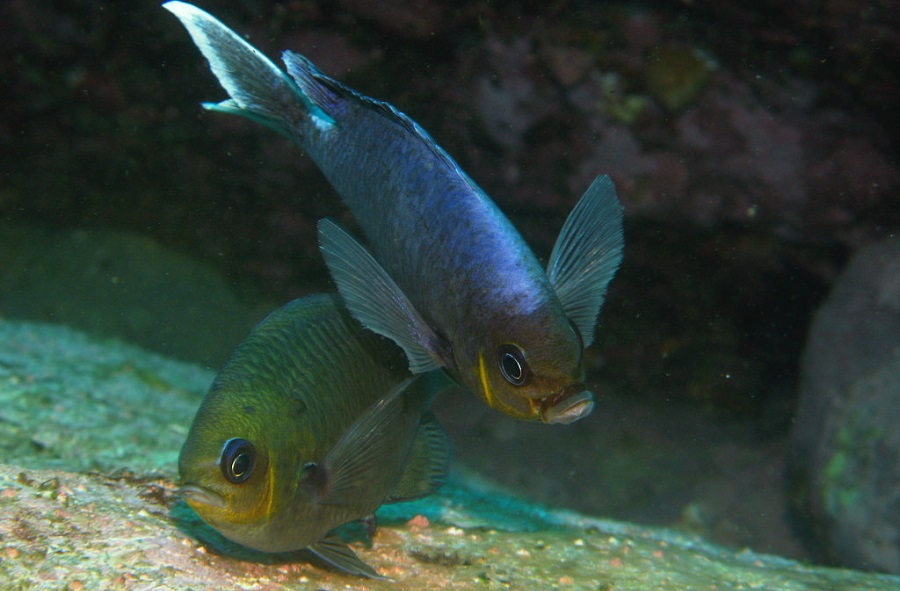How is a gender-balanced world good for science?
The answer to this question is complex and multi-layered. From more equitable policies to different ways to interpret data, from fairer workplace environments to more breakthrough discoveries. For the Sea Around Us team, having more #WomenInScience would translate into benefits for science itself, the scientific community and society as a whole.










